Hvilke utstillinger, begivenheter og publikasjoner var de viktigste, vakreste eller mest engasjerende i 2017? I Kunstkritikks julekalender oppsummerer våre egne skribenter og inviterte gjester kunståret 2017. Dagens bidragsyter er den Oslo-baserte kritikeren og kuratoren Antonio Cataldo. Han er ansatt ved Office for Contemporary Art Norway.
Exhibitions

Lisa Reihana, Emissaries, Arsenale, 57th Venice Biennale.
For me, the most poetic moment of the year remains an encounter with New Zealand Ngāpuhi, Ngāti Hine and Ngāi Tū tribal descendant Lisa Reihana. Her panoramic video In Pursuit of Venus [infected] (2015—17), spanning a 23.5 metre screen, is a contemptuous document of Pacific encounters with European explorers and a fierce counter-narrative to the art-historical perspective that we have inherited from French-dominant representations. After having witnessed a presentation of the film, Sami artist Katarina Pirak Sikku bluntly told Reihana: “Now you’ve shared your story, I’ll share mine.” I braced myself, but Sikku simply told Reihana of a lullaby taught to her by her nanny – a Maori visitor to Sapmi – which had become a persistent earworm. For a tender sixty seconds, the two artists synced, mumbling the words of the song together.

A Good Neighbour, The 15th Istanbul Biennial. Curated by Michael Elmgreen & Ingar Dragset.
The issue of displacement and migrancy has certainly been on the agenda this year, and has affected life for everyone, even in the so-called Western democracies. Thus “home” is no longer a univocal subject. A little more than a year after the failed coup d’état in Turkey, within a state challenging Western authority, dependency on Europe, and impeding the assembling of its peoples, Scandinavian artist duo Elmgreen and Dragset unleashed “domesticity” as a theme for the 15th Istanbul Biennial. In this modestly sized biennial, Pedro Gómez-Egaña’s Domain of Things (2017) and Mahmoud Khaled’s Proposal for a House Museum of an Unknown Crying Man (2017), were among the most discussed artworks, since they share a theatricality that brings us close to the Freudian concept of the unheimlich (the home becoming uncanny). Creeping into the visual tranquillity of our reasoning, they make us become foreigners to ourselves.

Parapolitics: Cultural Freedom and the Cold War, Haus der Kulturen der Welt (HKW), Berlin. Curated by Anselm Franke, Nida Ghouse, Paz Guevara and Antonia Majaca.
Striking parallels can be traced between the post-war period and today’s political strategies of neoliberal conspiracy and state-sponsored cultural efforts. From this perspective, Parapolitics was a timely presentation analysing the global branding ambitions of an imperial nation that, through the CIA, successfully made its mark in the museums of the world. Starting with the emblematic case of Jackson Pollock, the exhibition incorporated historical and contemporary artists who interrogate such nationalist notions, including Art & Language, Doug Ashford, Sheela Gowda, Iman Issa, David Lamelas, Sigmar Polke, Walid Raad, Steve Reich, Gerhard Richter and The Otolith Group. Lene Berg’s works Stalin by Picasso (2008), The Man in the Background (2006) and Gentlemen & Arseholes (2006) took on new perspectives in this planetary review, which most importantly adds to the debate on art and artists’ striving for autonomy.
Events

Chiara Fumai, the lecture series on photography at Zurich University of the Arts.
The constellation of material pulled together by Chiara Fumai (1978–2017) for the presentation of her work at ZHdK in January represented a pantheon of feminist and pre-feminist figures: Lilith – the young “deviated” beauty of The Exorcist, the demon Lucifuge Rofocale, Ulrike Meinhof, art historian Carla Lonzi, radical feminist Valerie Solanas, the bearded lady Annie Jones and the medium Eusapia Palladino. They were brought together to speak about complex issues at stake in deculturalisation, a mode of action proposed by Lonzi in Let’s Spit on Hegel. As Lonzi’s manifesto affirms, deculturisation “is not a cultural revolution which follows and integrates a structural revolution, nor one based on the validation at all levels of an ideology; it affirms the lack of any need for ideology at all”. Chiara died on 16 August in her hometown of Bari, Italy, leaving behind her unanswered questions concerning ideologies.

Marthe Ramm Fortun, Walk Like A Wrenched Archive. Performance in the apartment of Gustav Vigeland at The Vigeland Museum, Oslo. Part of the Norwegian Sculpture Biennial 2017, curated by Steffen Håndlykken.
One question that stays with me after experiencing Marthe Ramm Fortun’s performance Walk Like A Wrenched Archive at The Vigeland Museum in Oslo is: can there be such a thing as the private life of an artist? Can an artist really withdraw from public life? With a surgeon’s eye Ramm Fortun dissected the much-worshipped artist Gustav Vigeland (1869–1943) and the “glory” stored in his inaccessible, intact apartment on the second floor of the museum. Her evolving performance was an intervention into the library, both overwriting its content with site-specific poetic prose, and referencing its archived content, such as My Struggle by Adolf Hitler. Her naked body, which the gaze of the male artist would have substantiated into stone, and her repeated shout of “I am not a sculpture”, resisted such objectification. Instead, she revealed the networks of ideas that had infused Vigeland’s life. To quote Walter Benjamin: “Thus the artist inquires about the truth whose living flame goes on burning over the heavy logs of the past and the light ashes of life gone by.”

The opening of the Bellas Artes Outpost project, Manila, curated by Diana Campbell Betancourt. Opening show: Prelude by Carlos Amorales.
How far do the tentacles of an Empire reach? How deep should we look when investigating our hidden histories? The Catalan referendum for independence is a case in point, reminding us of the historical reach of the Spanish Empire. This is, in part, a concern of Prelude, an exhibition about sound and sound work, by Mexican artist Carlos Amorales (b. 1970), which also indirectly serves as a complex historical reminder of the economic and cultural interlinks between Mexico and the Philippines. Thousands of ships (known as the Manila galleons) navigated regularly along the Spanish transpacific route, crossing from Mexico to the Philippines and back from 1565 to 1815. Superimposed on Amorales’ personal biography of his family’s journey along the galleon route, the artist’s use of the ocarina – a precolonial musical instrument also known as a vessel flute – shows the ability of sonic experiences to surpass language and connect people.
Publications
 Alex Pilcher, A Queer Little History of Art, Tate Publishing, 2017.
Alex Pilcher, A Queer Little History of Art, Tate Publishing, 2017.
This book was the “secret” starting point for the incredible must-see exhibition Queer British Art 1861–1967 presented at Tate Britain, London, from April to October, curated by Clare Barlow. The exhibition was a sophisticated presentation of artworks from the period, dovetailing with research developed with local communities, building layers of accessibility to art’s visual and sensorial experience. Like the exhibition, the book is an exercise in “how traditional scholarship [serves] to obscure the queer presence in art history”. Interestingly, the first scene is set in Sweden, through an examination of the film The Wings (1916, dir. Mauritz Stiller), an example of a veiled homoerotic tradition. At a time when conservative ruling in Europe is on the rise, and when, as Pilcher writes, “so many societies continue to punish those who breach local norms of gender, love or sexual expression”, it was a timely exhibition as well as publication.
 Giorgio Agamben, Che cos’è reale? La scomparsa di Majorana, Neri Pozza, 2016.
Giorgio Agamben, Che cos’è reale? La scomparsa di Majorana, Neri Pozza, 2016.
The escalating war of words and the prospect of a nuclear confrontation between the United States and North Korea would have made 2017 the right year to publish a translation of this book, which looks back at the dawn of the nuclear age. Renowned philosopher Giorgio Agamben recounts the disappearance in 1938 of Ettore Majorana, a leading physicist and collaborator of Enrico Fermi (architect of the nuclear age and the atomic bomb). Little is known about the physicist’s “dematerialisation”, but a deep “internal fracture” is embedded in Majorana’s last writings dealing with ethical questions about the consequences of indeterminism inherent in quantum theory. If classic science was based on the observation of reality to gain empirical evidence, quantum mechanics – like the new social sciences – had to assign uncertainty a new role. One was no longer seeking to know reality, only to intervene in it and to govern it. In the age of alternative facts, could this book help to predict where a particle is at any given time, and to read reality as probability waves instead of localised points?
 Erling Sandmo, Uhyrlig. Sjømonstre i kart og litteratur 1491 – 1895, Nasjonalbiblioteket 2017.
Erling Sandmo, Uhyrlig. Sjømonstre i kart og litteratur 1491 – 1895, Nasjonalbiblioteket 2017.
Uhyrlig. Sjømonstre i kart og litteratur 1491 – 1895 (Monstrous. Sea Monsters in Maps and Literature 1491–1895) is not a narration of contemporary sea monsters, such as the one transported to the Barents Sea from South Korea last year. Nor does it speak about the sea as a stage for monstrosity (something that would require an analysis of Mediterranean geopolitics). Instead, Erling Sandmo, professor of history at the University of Oslo, has mined the archives of the National Library of Norway to find a series of stories in literature and maps, connecting the Odyssey to the phenomenon of the maelstrom in the Lofoten archipelago. In particular, the book looks at the imaginary sea creatures that daunted travellers embarking on sea journeys to the North during the Renaissance period. These creatures were drawn by artists and described by writers, often based on sailors’ oral reports, and became the basis of natural-history texts and drawings on maps. Fierce-toothed animals battling in the waves, ocean pigs, elephant-like-fish, serpents wrapped around ships, and chimeric beings were included by cartographers to educate viewers about “presences” in the water. With the new wave of corporate migration to the North, perhaps it would be wise – from the perspective of the intellectual – to confirm the existence of such scary monsters in our waters.
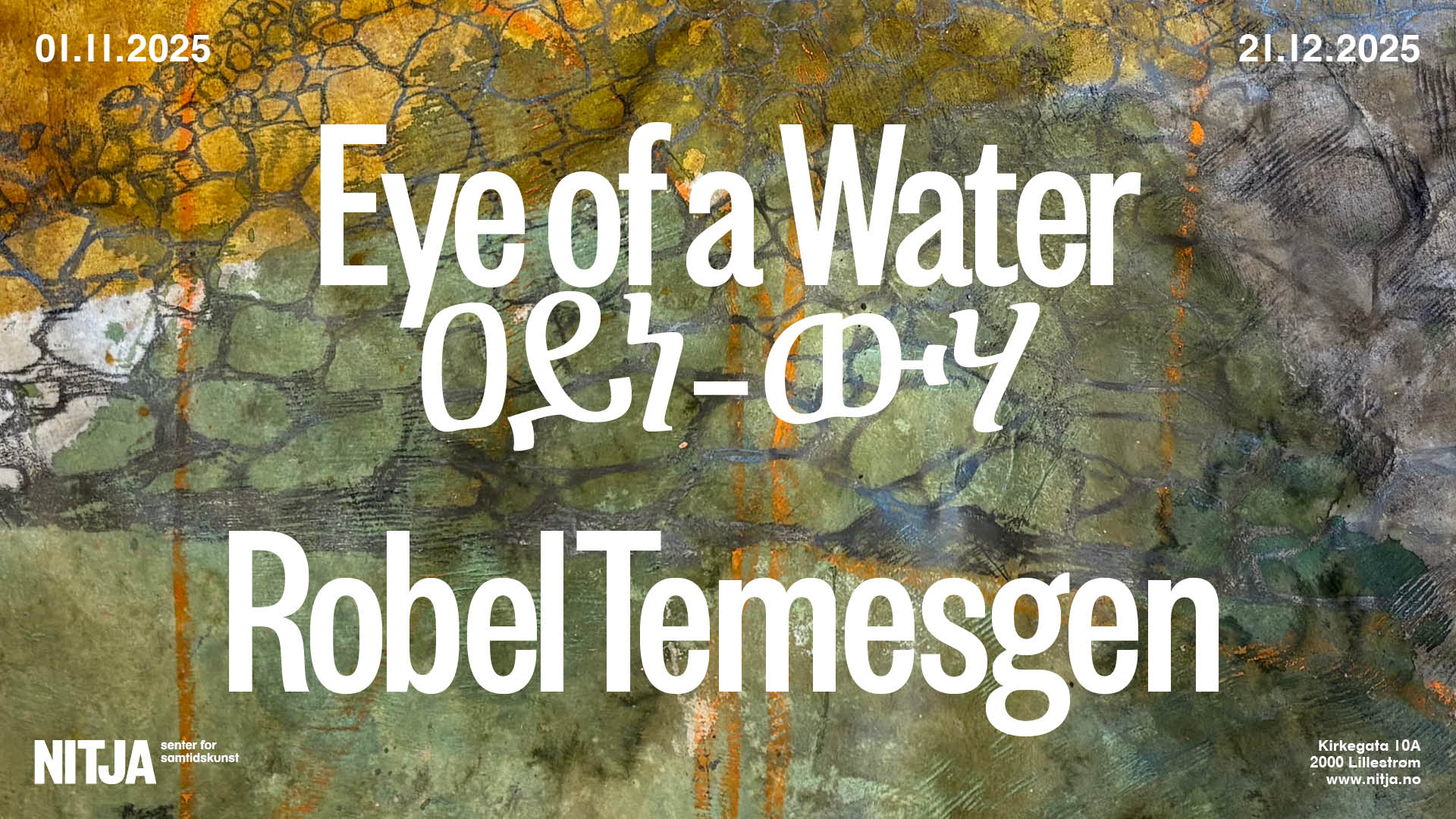


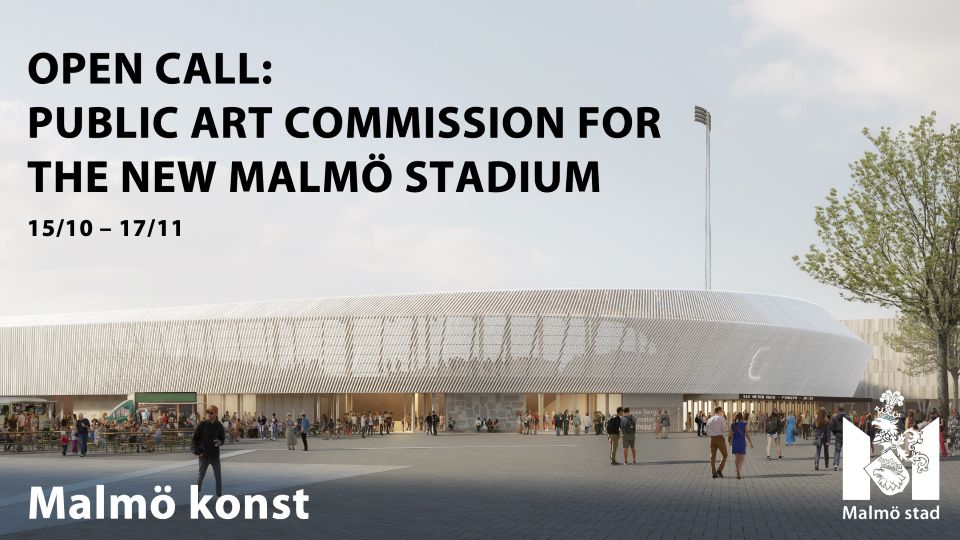
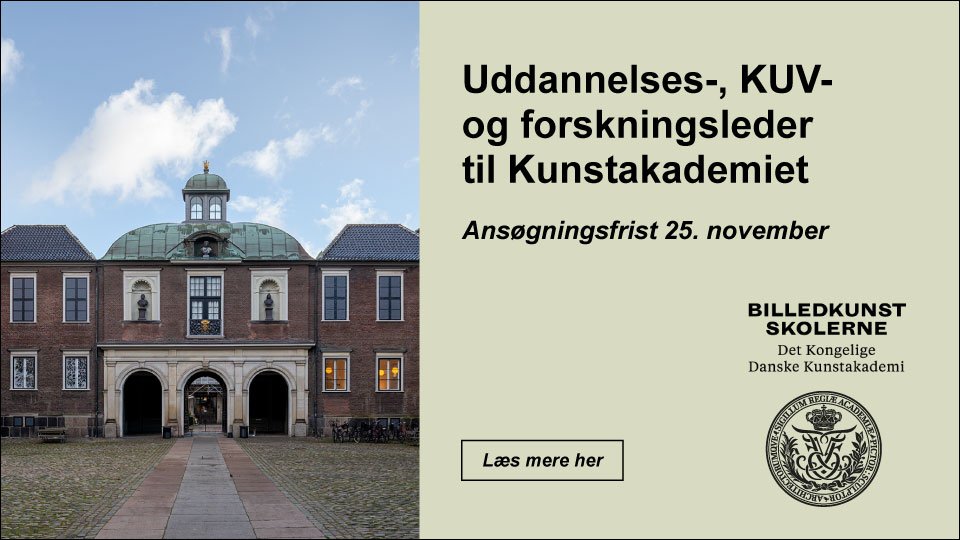
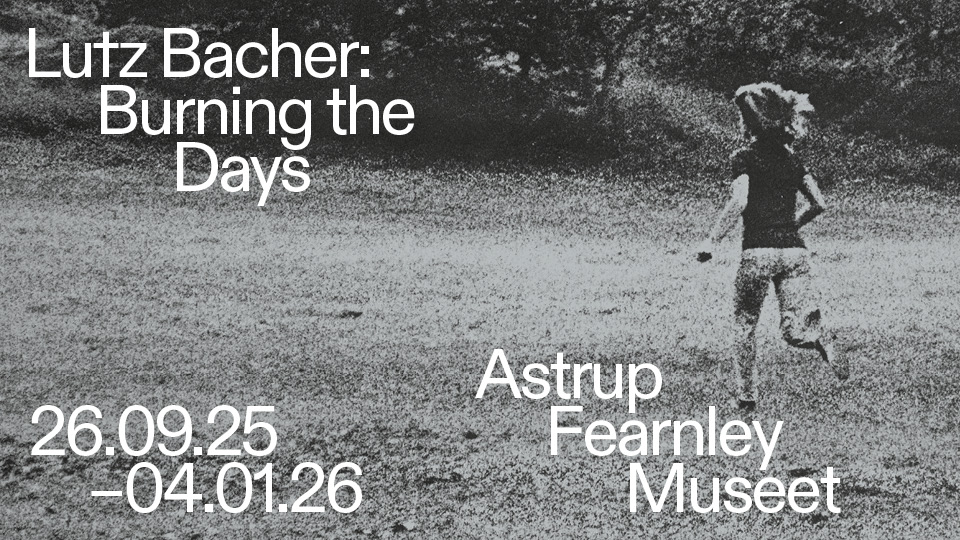
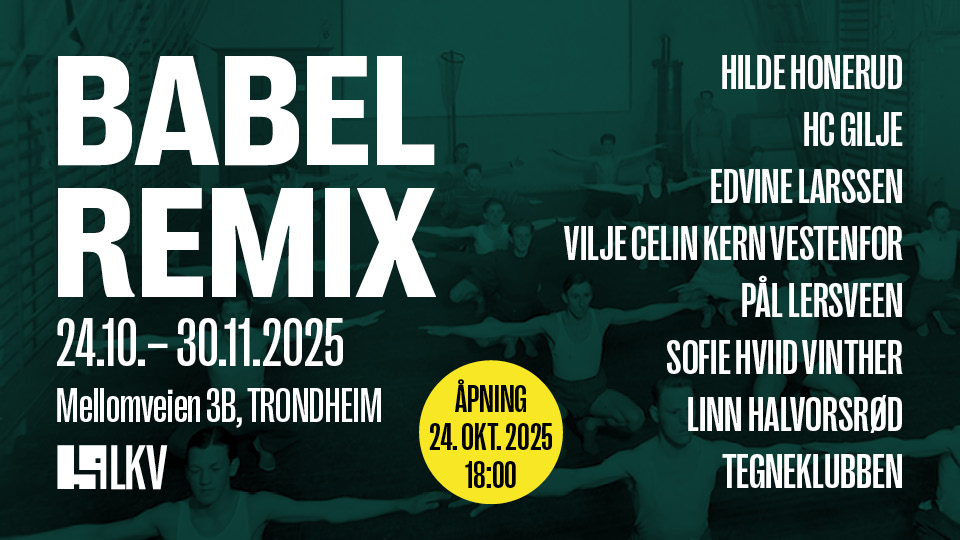
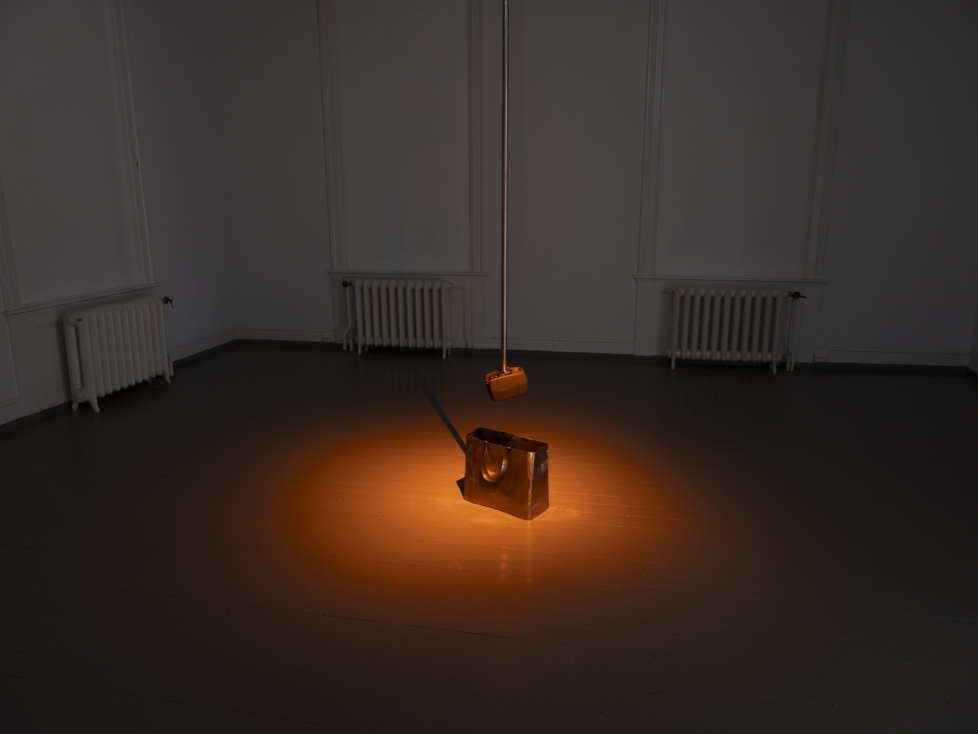
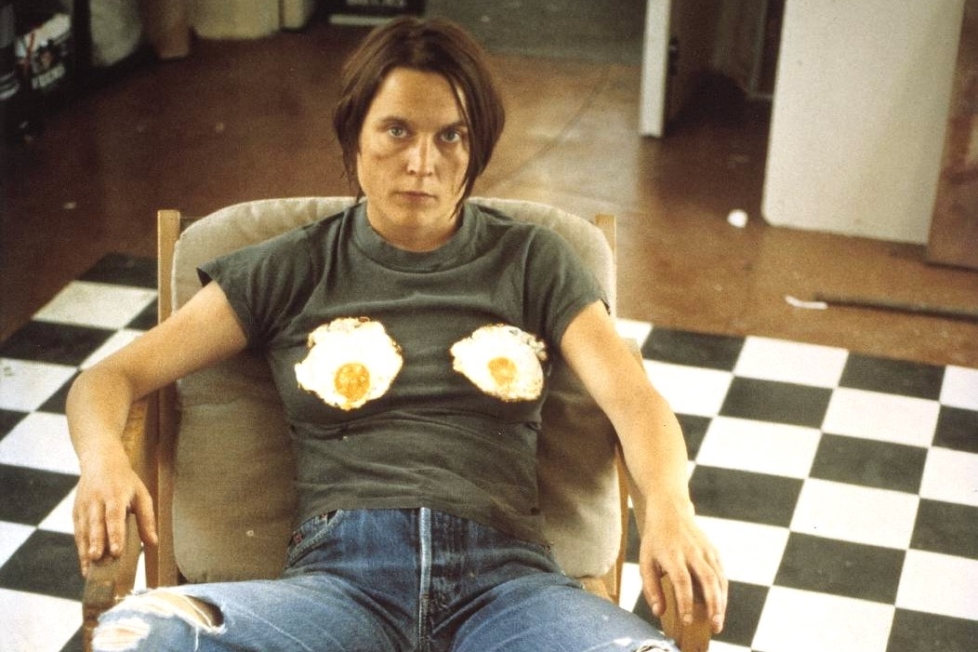
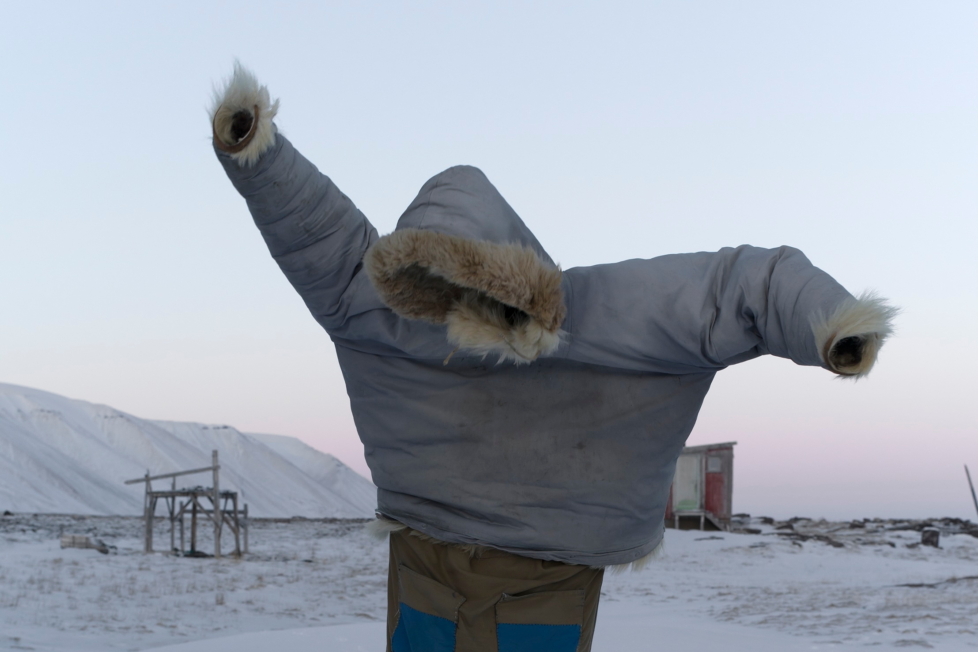
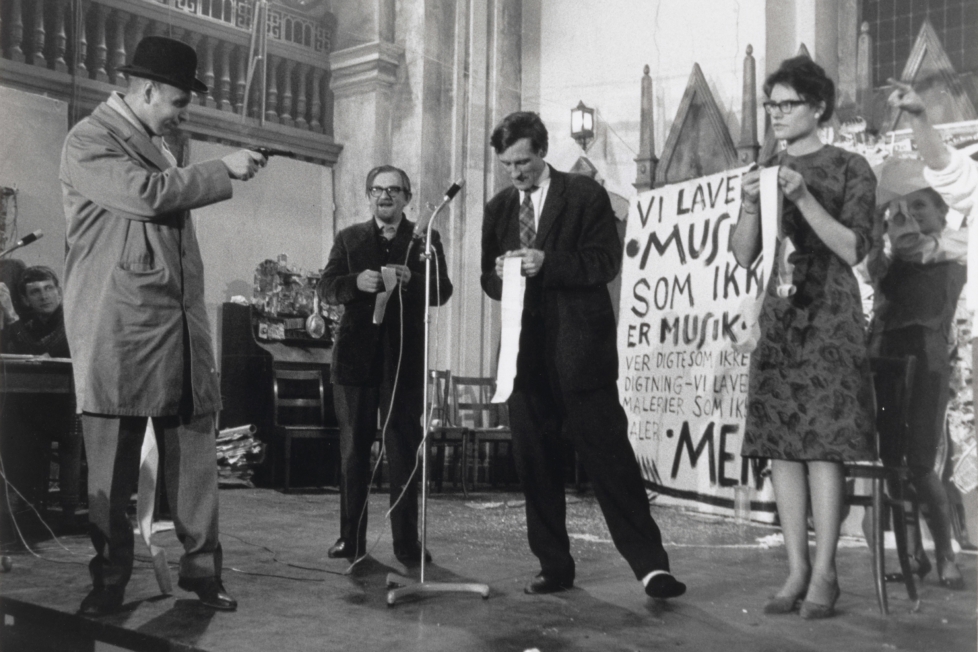
Diskussion